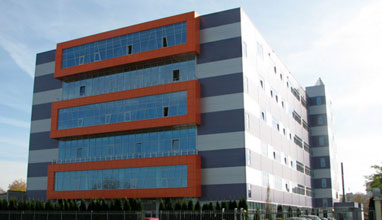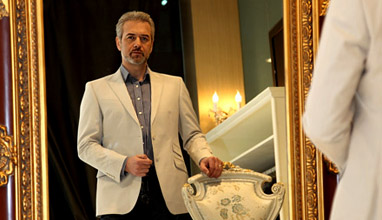Tag: Miroglio
Miroglio Textile Collection: Autumn/Winter 2017-2018
Sustainability is an increasingly distinctive and unavoidable value for the fashion industry as a whole. Miroglio Textile gave concrete form to their ethical commitment by implementing cutting-edge printing technologies that reduce the use of water from a minimum of 50% on natural fibers (from an LCA study validated by ICEA) up to 100% in sublimation printing.
Miroglio Textile at Première Vision: Fashion, heritage and sustainability
Constant investment to deliver an increasingly ecologically sustainable printing method and a project dedicated to the importance of our heritage. These are the two objectives for Miroglio Textile in 2016.
Miroglio Textile at Premiere Vision
“Water saving is crucial for the preservation of the planet and on this objective Miroglio Textile has being focused for many years", said Giuseppe Miroglio, Chairmain of the company.
Miroglio Textile - the European leader in the printed fabrics sector
February, 10-12 Miroglio Textile, textile division of the Miroglio Group, was present at Première Vision Paris with a renewed identity and with 4 collections that concretely demonstrate the distinctive elements of the company: innovation, creativity and smart technology at the service of the fashion industry.
Bulgaria Was One of Europe’s Fastest Growing Apparel Producers in 2006
Bulgaria was one of Europe’s fastest growing apparel producers in 2006. However, most of the textile and apparel sector is in need of investment. There are a handful of modern manufacturers, many of whom are owned by foreign companies. But the vast majority of companies are small to medium sized enterprises which are already operating at full capacity. These firms face a number of obstacles to growth, most notably a lack of added value and a limited supply of short-term finance. Now that Bulgaria is a member of the EU, the industry faces a number of opportunities for development, spurred by: easier access to the EU, its largest export market; harmonised legislation with the EU; improved opportunities for training and networking; a fixed exchange rate against the euro; reductions in the grey economy, in working practices and in corruption; better availability of short-term finance for capacity expansion and modernisation of technology; improved attractiveness to potential investors; an increase in the number of jobs; and higher labour productivity.
Editor's Choice




























